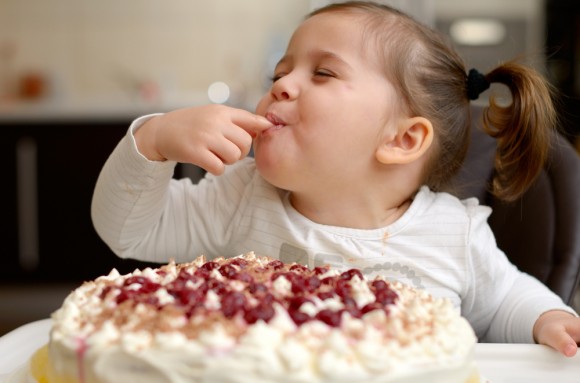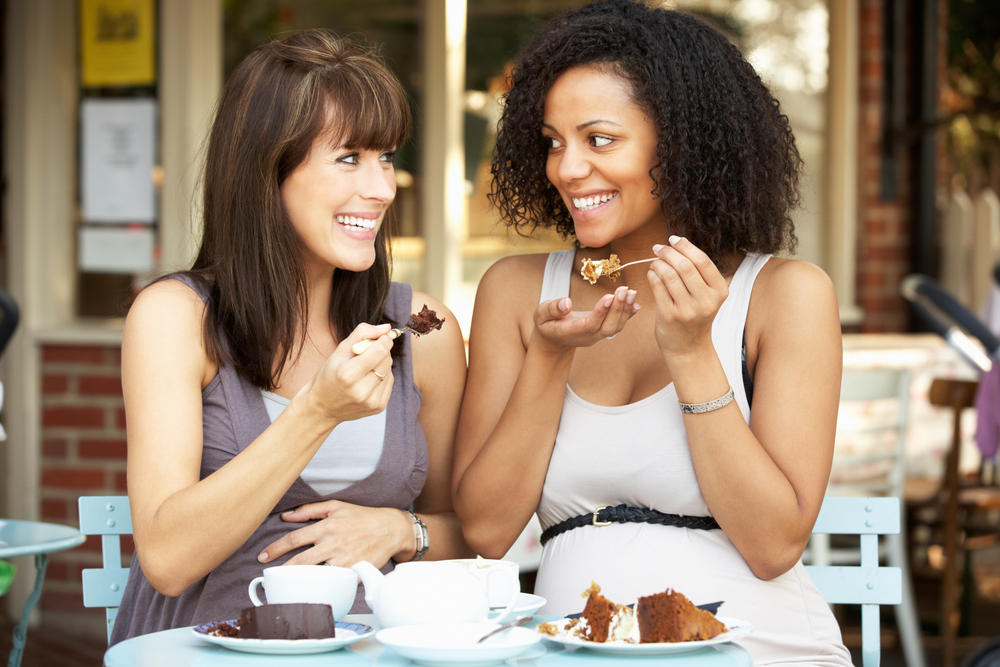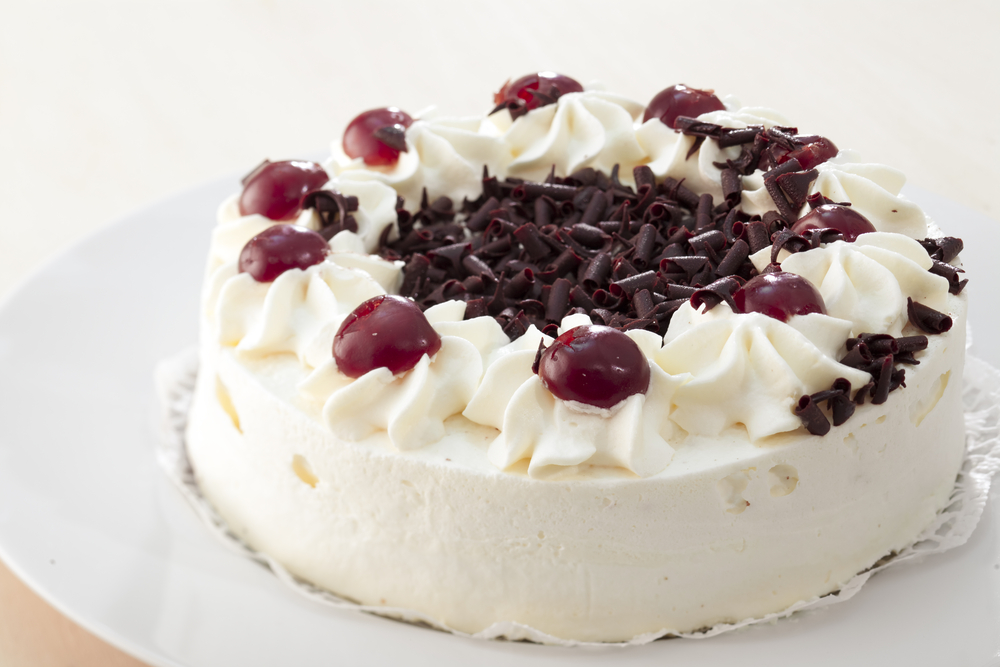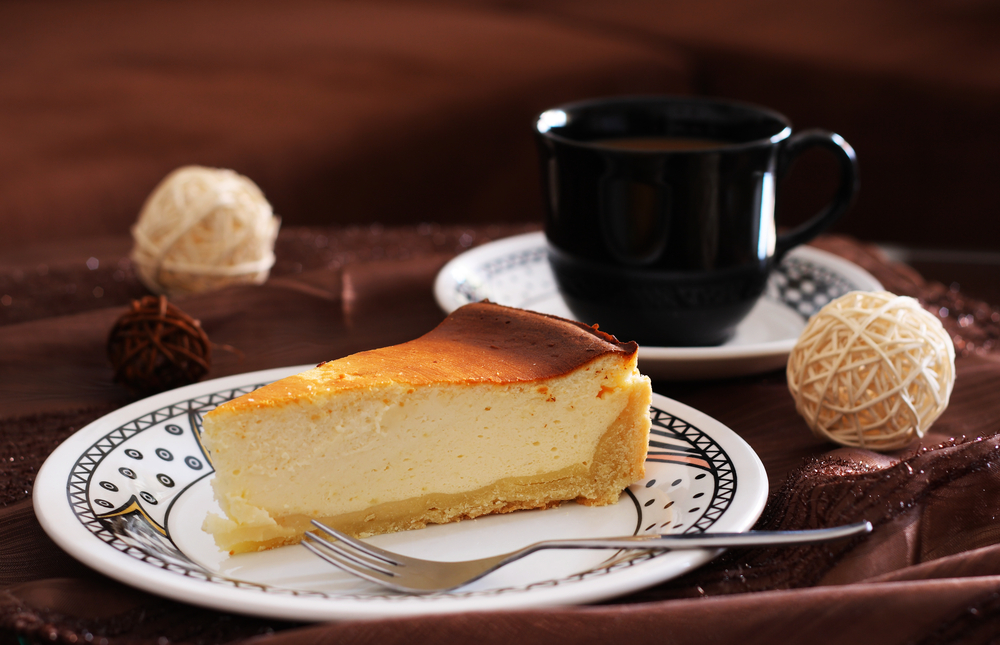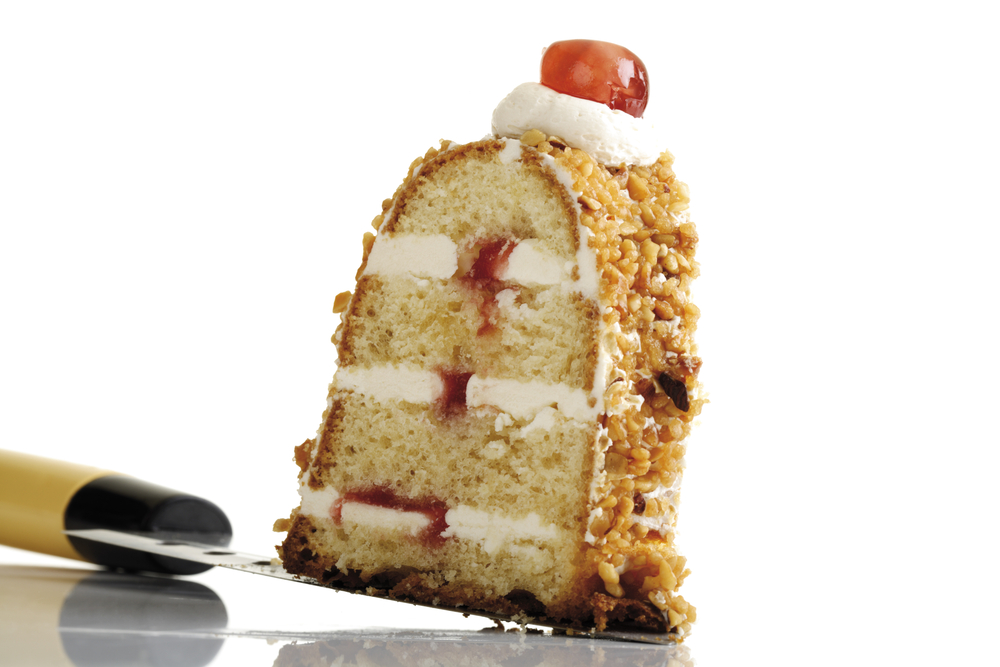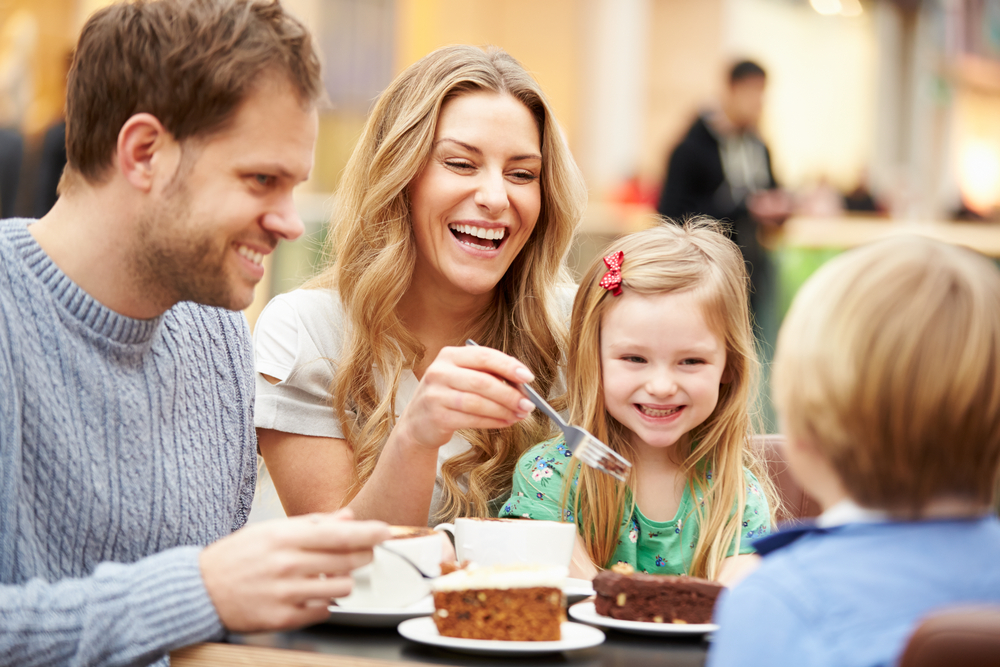A Konditorei is a shop that offers a wide variety of fine pastries made of a higher quality and are baked from scratch in-house. It is quite common for people to go to the Konditorei for cake and coffee, tea or hot chocolate.
The larger shops also offer tarts and ice cream. Not including premium quality pastries and usually at higher prices, the main difference between a Konditorei and a bakery is that a Konditorei does not offer bread. Konditoreis are open generally from 9 a.m.-6 p.m. during the weekdays and in the afternoon on weekends, especially Sunday.
German cakes
According to records cakes have been baked in Germany for more than 400 years. In comparison to American cakes, German cakes tend to have less sugar and more butter. German sponge cakes are usually topped with fresh fruit while bundt cakes are served with whipped cream. Konditoreis have an array of delicious German cakes including the traditional and seasonal cakes.
Some of the most popular cakes include the following:
Schwarzwälder Kirschtorte (Black Forest Gateau)
This consists of several layers of chocolate cake, with whipped cream and cherries between each layer. The top layer is decorated with whipped cream, maraschino cherries and chocolate shavings.
Käsekuchen (Cheesecake)
This is not too sweet as it is very light and melts in the mouth. The main ingredients include Quark (fresh curd cheese) or unsalted cream cheese, eggs, milk and sugar. It is also made with freshly made dough, not Graham crackers like in the U.S.
Bienenstich (Bee Sting Cake)
This pastry is made of sweet yeast dough with a baked on caramelized almonds topping and filled with a vanilla custard, buttercream or cream.
Frankfurter Kranz (Frankfurt Crown Cake)
Originating most likely in Frankfurt Main, this sponge cake is baked in a ring shape. Thick layers of buttercream icing as well as a red jam (strawberry, blackcurrant or cherry) are placed between two or three layers. The outside of the cake has more buttercream and topped with caramel-covered nuts, toasted almond flakes or ground hazelnuts.
Donauwellen (Danube Waves)
The traditional Bavarian cake is layered with alternating vanilla and chocolate cake dough, sour cherries and vanilla ice cream. After the cake is baked and cooled, a chocolate glazed is applied on top in which waves are then created with a fork. The tasty layer cake is fruity, cream and chocolatey- bursting with flavor.
Burgundy Cake
This German cake is made with red wine, cocoa and cinnamon. Due to the alcohol evaporation during the baking process, this cake is also suitable for children.
Sachertorte (Sacher Gateau)
Sachertorte is a dark chocolatey cake that is really an Austrian invention, but something that has been readily adopted in Germany. The original recipe has two layers of apricot jam between an outer layer of chocolate icing and the sponge base. It’s usually served with whipped cream.
Fruit Tartlets
These are short-crust pastries that are covered with custard, whipped cream, lemon mousse or vanilla-flavored German Quark. They are then topped with fresh fruits such as strawberries, blueberries and raspberries.
Tortes (Gateaus)
Tortes in general are multilayered cakes that are filled with whipped cream, buttercream, mousses, jams or fruits. They are normally cooled and made with little to no flour. Ingredients include ground nuts or breadcrumbs, sugar, eggs and flavorings.
Kaffee und Kuchen (Coffee and Cake)
Kaffee und Kuchen (also called Kaffeetrinken or Kaffeeklatsch) is a long standing tradition in Germany that is centered around cakes. The tradition involves family and friends meeting up mainly in the afternoons (between 3 to 5 p.m. especially on a Sunday) to enjoy cake, coffee or tea and a chat.
Kaffee und Kuchen began centuries ago when women privately organized Kaffeekränzchen (coffee parties) in their own homes because they were not allowed in coffee houses. It started in Leipzig and Hamburg and then spread to the rest of Germany. When women gained unrestricted access to public coffee houses in the 20th century, the tradition Kaffee und Kuchen also spread outside of private homes and into Konditoreis and cafés.
Kaffeetrinken or Kaffeeklatsch is also frequently observed for special occasions such as birthdays. Additionally, you will sometimes find coworkers and neighbors meeting up on a weekday for the social ritual even though it usually occurs during work hours (late afternoon). No matter where you are in Germany, in a small village or a big city, the social ritual can be found.
Featured image by aaltair

